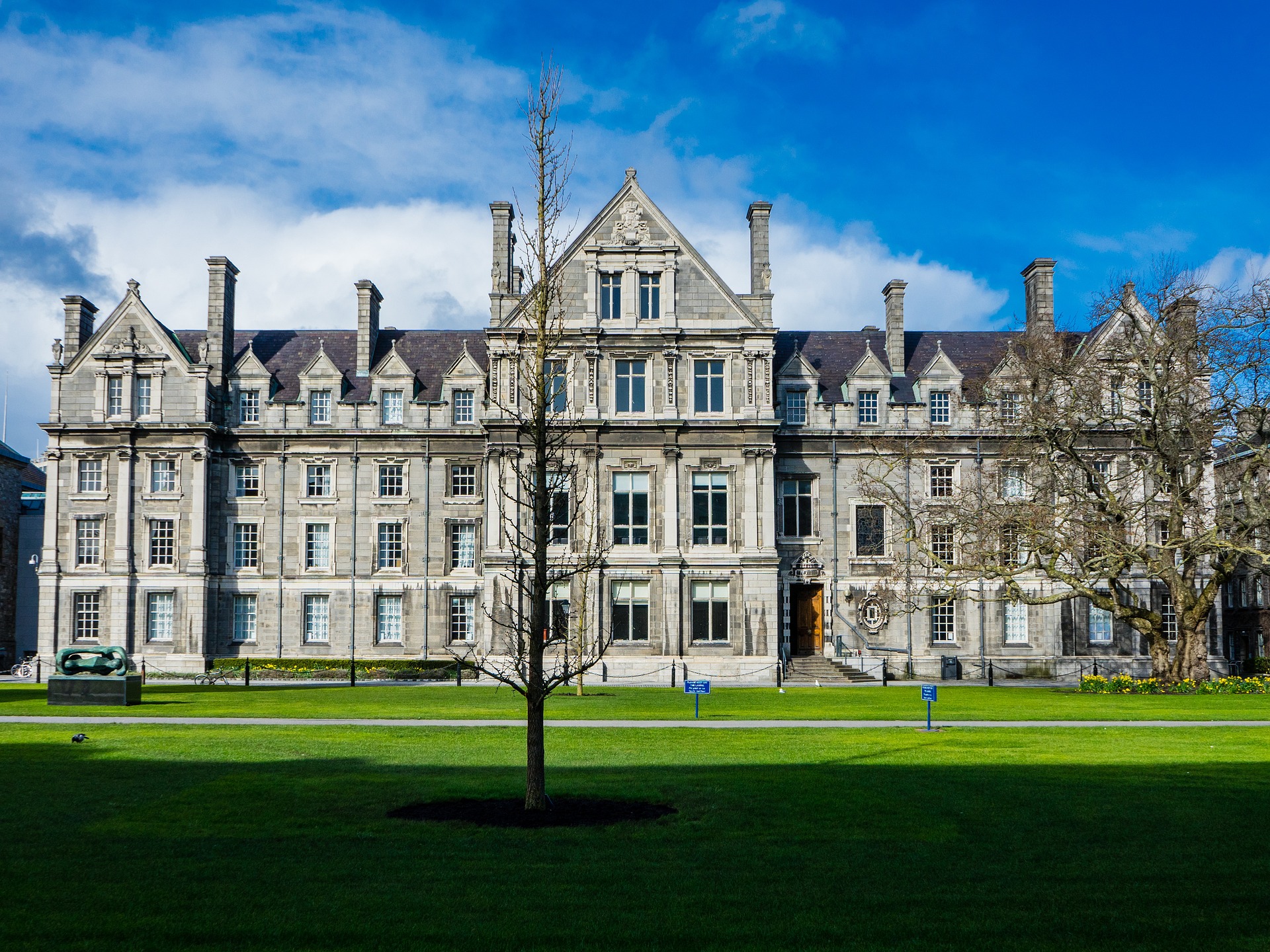University of Maryland Transfer Acceptance Rate: What You Need to Know this Year

The University of Maryland is a highly sought-after institution for students seeking to transfer from other colleges and universities. With its excellent academic programs, state-of-the-art facilities, and vibrant student life, it’s no wonder that so many students consider UMD as their top choice for transfer.
One of the most important factors for prospective transfer students is the university’s acceptance rate. According to CollegeTransitions, the University of Maryland transfer acceptance rate is around 63%, meaning that more than half of all transfer applicants are admitted. This is good news for students looking to switch to UMD, as the university is open to accepting a wide range of transfer students. However, it’s important to note that meeting the university’s transfer requirements and submitting a robust application is still crucial to be considered for admission.
Overview of the University of Maryland Transfer Acceptance Rate

The University of Maryland (UMD) is a highly ranked public research university in College Park, Maryland. UMD offers a variety of undergraduate and graduate programs, attracting students from all over the world.
For students looking to transfer to UMD, the university offers a transfer acceptance rate of around 63%, depending on the gender of the applicant. This means transfer students with strong academic records and impressive applications can be admitted to UMD.
It’s important to note that UMD has specific requirements that transfer applicants must meet. These requirements include completing at least 12 college credits at a regionally accredited college or university, maintaining a minimum GPA of 2.0 or higher, and submitting all necessary application materials by the deadline.
In addition, UMD encourages transfer applicants to complete certain courses before transferring, such as English composition, college-level math, and courses in the major. This can help ensure a smoother transition into UMD and help students stay on track to graduate on time.
UMD’s transfer acceptance rate is competitive but achievable for students who meet the requirements and have robust applications. As with any college application process, students need to do their research, meet all requirements, and put their best foot forward in their application.
Factors that Affect Transfer Acceptance Rate

Several factors can affect your acceptance chances when applying to transfer to the University of Maryland. Here are some of the most important factors to consider:
Academic Performance
Academic performance is one of the most important factors the University of Maryland considers when reviewing transfer applications. This includes your GPA, the rigor of your coursework, and your performance in specific courses related to your intended major. The University of Maryland typically looks for transfer students with a GPA of 3.0 or higher.
Coursework
The University of Maryland also looks closely at the courses you have taken at your previous institution. They want to see that you have taken courses similar to those offered at the University of Maryland and performed well in those courses. The University of Maryland recommends that transfer students complete at least 30 semester or 45 quarter hours of college-level coursework before applying.
Transferable Credits
The University of Maryland accepts transfer credits from regionally accredited institutions. However, not all credits may be transferable, and the University of Maryland may not accept credits earned at institutions that are not regionally accredited. It is important to check with the University of Maryland’s transfer credit evaluation office to determine which credits will transfer.
Availability of Space
The University of Maryland has limited space available for transfer students, and the availability of space can vary from year to year. This means that even if you meet all of the other criteria for transfer admission, you may not be accepted if there is not enough space available in your intended major. It is important to apply early and to have a backup plan in case you are not accepted.
The University of Maryland considers several factors when reviewing transfer applications, including academic performance, coursework, transferable credits, and space availability. It is important to meet the University of Maryland’s transfer requirements and apply early to increase your chances of acceptance.
Tips for Improving Your Chances of Transfer Acceptance

If you’re interested in transferring to the University of Maryland, there are several things you can do to increase your chances of acceptance. Here are a few tips to help you prepare for the transfer application process.
Meet with an Advisor
Before beginning the transfer application process, meeting with an advisor is a good idea. They can help you make sure you’re on track to meet the requirements for your desired major and can provide guidance on the transfer application process.
Maintain a High GPA
Maintaining a high GPA is crucial for transferring to the University of Maryland. The average GPA of enrolled UMD students last year was 4.36, so it’s important to aim for all A’s while taking the most challenging classes available.
Take Relevant Coursework
Taking relevant coursework can also improve your chances of transfer acceptance. UMD has articulated transfer programs, which are lists of courses that best prepare applicants for a particular course of study at UMD. Taking appropriate courses specified in the articulated program and earning acceptable grades can guarantee transfer with no credit loss.
Get Involved in Extracurricular Activities
Getting involved in extracurricular activities can also be beneficial for transfer acceptance. UMD takes a holistic approach to reviewing transfer applications, so demonstrating involvement in extracurricular activities can show that you’re a well-rounded student.
Meeting with an advisor, maintaining a high GPA, taking relevant coursework, and getting involved in extracurricular activities can improve your chances of transfer acceptance to the University of Maryland.
Final Thoughts on the University of Maryland Transfer Acceptance Rate
In conclusion, the University of Maryland has a transfer acceptance rate of 63%, depending on the year and gender of the applicant. This means transfer students with strong academic records and impressive applications can be admitted.
Transfer applicants need to meet the requirements set forth by the university, which include completing at least 12 college credits and maintaining a minimum GPA of 2.0. Additionally, applicants are encouraged to follow articulated programs to enhance their transition to UMD.
Transfer students comprise a relatively small percentage of the University of Maryland student population. However, the university offers a range of resources and support services to help transfer students succeed academically and socially. These include transfer orientation programs, academic advising, tutoring services, and more.
The University of Maryland is a great choice for transfer students looking to continue their education at a top-ranked public university. With its strong academic programs, supportive community, and vibrant campus life, UMD offers transfer students the opportunity to thrive and achieve their academic and career goals.




